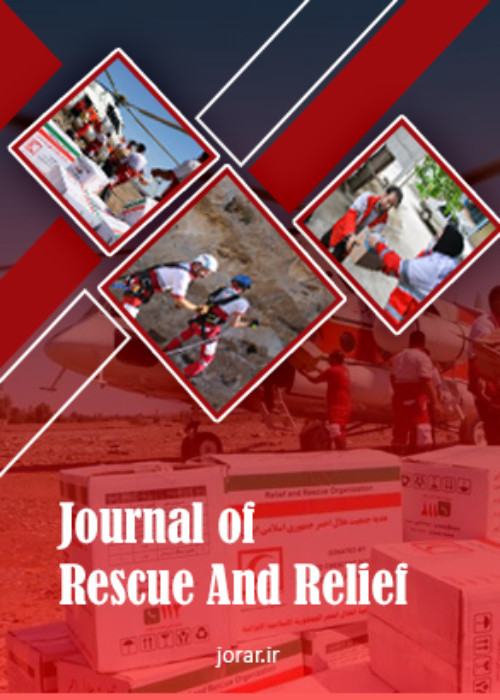Process of Vision Development with a Resilience Approach for Earthquake-stricken Neighborhoods of Shiroodi and Fooladi after Sarpol-e Zahab Earthquake in 2017
The rapid population growth and fast-paced development of urban texture have given rise to unwise decisions which can be only prevented by strategic management of city neighborhoods based on a vision in accordance with the common values of society. The vision development aims at determining the position a neighborhood strives to reach. In the meantime, disaster-stricken areas have a special position, considering reconstruction as a golden opportunity. The present article aimed to develop a vision for Shiroodi and Fooladi neighborhoods in Sarpol-e Zahab after the 1396 earthquake in Kermanshah province.
The present applied research was conducted based on a descriptive-analytical design. To this end, situation assessment was firstly performed in both strategic and local domains based on urban systems. For each system, the table of strengths, weaknesses, opportunities, and threats (SWOT) was prepared. Moreover, combining different layers, a vulnerability map and an integrated SWOT analysis map were obtained. Finally, based on these maps, field observations, interviews with residents, and expert opinions, a vision statement was presented and the necessary policies were formulated.
Based on the obtained results, the strengths, and opportunities, such as quick access to the main artery and the presence of barren lands, have a resilient state in response to disasters. On the other hand, weaknesses, and threats, such as construction on agricultural lands or the narrow passages, are among the factors that highlight the need to select a vision with a resilient approach to future disasters.
As evidenced by the research of the study, the first stage of visioning must be based on urban systems, such as land use, movement and access, physical form, and landscape urbanism. In this regard, a vision needs to assess resilience at different physical, environmental, social, and economic levels. Furthermore, this vision should lead to the presentation of some instructions, such as the obtainment of a checkered texture, expansion of green spaces, reduction of enclosures, as well as safety in infrastructure and networks, to increase the resilience of the target neighborhood after the earthquake.
- حق عضویت دریافتی صرف حمایت از نشریات عضو و نگهداری، تکمیل و توسعه مگیران میشود.
- پرداخت حق اشتراک و دانلود مقالات اجازه بازنشر آن در سایر رسانههای چاپی و دیجیتال را به کاربر نمیدهد.


